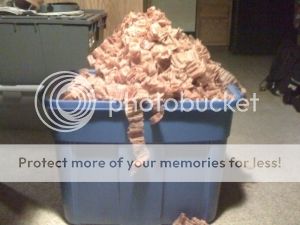- Joined
- Aug 1, 2009
- Messages
- 389
hey bf , just interested if anyone else has tried or regularly strops on a chef steel ?
İ have always freehand sharpened and I'm generally happy with my results I freehand all my blades from tools to straight razors .
I tend not to stick to one style / method of sharpening every edge is different IMO .
anyways recently I was having a little trouble getting my leather-craft finishing knife (basically a scalpel but thicker) to the laser sharpness I was after .
so I tried some stropping passes , and to my surprise it worked really really well .
I've not yet tried this one any larger blades but just thought i'd share this out of interest .
cheers
ı
İ have always freehand sharpened and I'm generally happy with my results I freehand all my blades from tools to straight razors .
I tend not to stick to one style / method of sharpening every edge is different IMO .
anyways recently I was having a little trouble getting my leather-craft finishing knife (basically a scalpel but thicker) to the laser sharpness I was after .
so I tried some stropping passes , and to my surprise it worked really really well .
I've not yet tried this one any larger blades but just thought i'd share this out of interest .
cheers
ı




